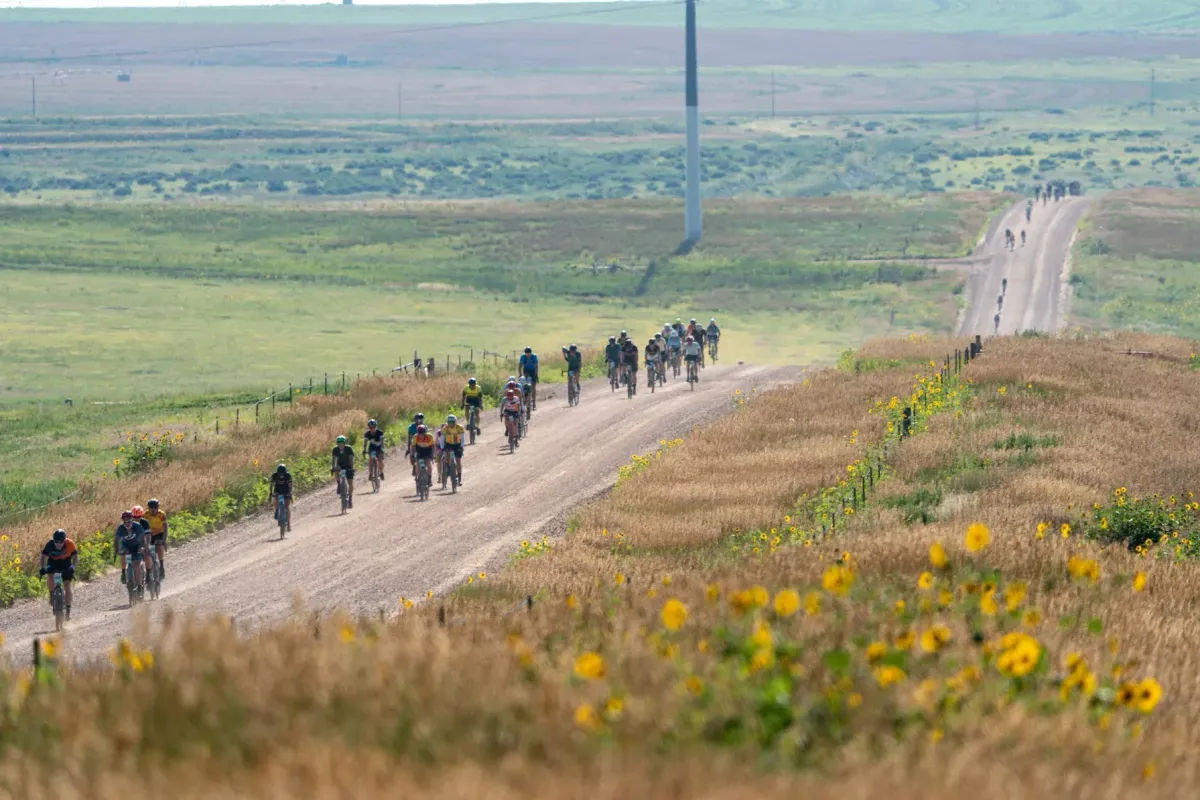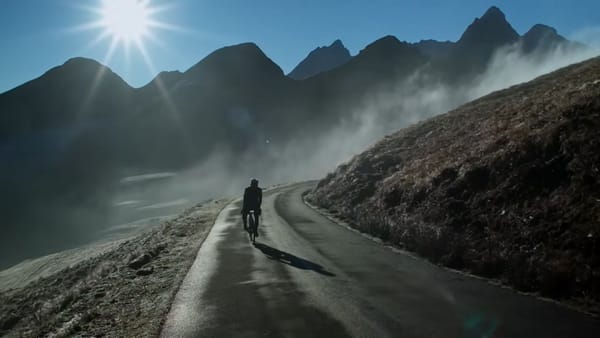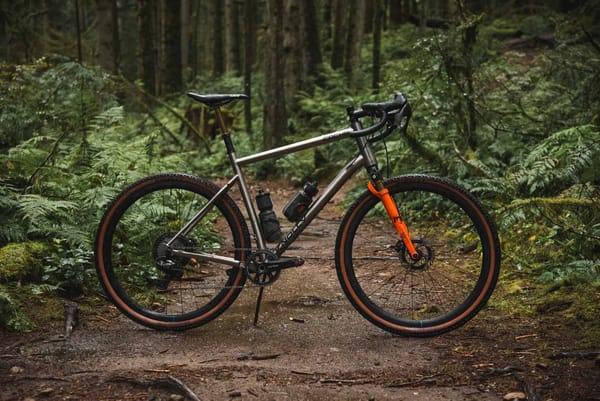In Defense of Choosing the Short Gravel Race Course

Gravel racing has seen a surge in popularity, with many participants pushing themselves to tackle the longest and most challenging routes available. However, there’s a growing realization in the gravel racing community that the joy of the sport isn’t solely tied to the difficulty or length of the race. Here’s why it’s perfectly okay, and even commendable, to opt for the shorter gravel race route:
1. It’s Not About the Distance, It’s About the Journey
Gravel racing requires immense preparation, from training hours to acquiring the right gear. While professional racers often opt for the most challenging races, it doesn’t mean everyone should. The essence of athletic pursuits is achieving personal goals, and sometimes, these goals are best met by choosing distances that align with one’s current capabilities and life commitments.
Recently, I’ve adopted a new way of thinking about gravel races I sign up for. Races 50 miles and under I will race against everyone else, over 50 miles and I’m there to challenge myself and in some cases simply complete. I’m a 8-12 hour a week amateur with two young kids, a full-time job and plenty of regular responsibilities. After the 3 hour training ride in the heat on Sunday I still have to go home and mow the grass and give my wife her kid free time, I don’t get to sit on the couch with my legs in chilled compression boots. I’m not accustomed in anyway to 6+ hour days in full heat. My stomach is not adapted to eating gels and drinking carbs for that long. It’s all survivable, but it’s not an environment I’m truly racing in.
2. Short Courses Offer Their Own Unique Experience
There’s a misconception that shorter courses lack the excitement or scenic beauty of their longer counterparts. However, many events, like The Last Best Ride in Montana, ensure that their short courses are just as thrilling and picturesque. This year’s 32-mile Foco Fondo course was beautiful. These routes are designed to offer participants a fulfilling experience, allowing them to savor the beauty of the terrain without feeling overwhelmed.
3. It’s About Personal Fulfillment
Completing a long course race is undeniably an achievement. However, the sense of accomplishment derived from gravel racing shouldn’t be solely based on distance. Opting for a 48-mile course over a 141-mile one, for instance, can be just as rewarding if it aligns better with where a racer is at that moment. Remember, even 48 miles is a feat many can’t fathom.
My non-cycling friends can’t imagine even riding a bike 30+ miles. They’re in constant awe of my triple closed Apple Fitness loops. But as soon as you get on Strava or talk to cycling buddies in real life the conversation often hops to the distance of events they’re taking on. It’s ok to push back, some of the hardest racing I’ve done in my life were 45-90 minute TTs and crits. Why does a gravel race have to be 7+ hours to earn clout?
With the growing popularity of gravel racing, even racing the long event has become unrealistic. Sure, it’s fun to line up behind Alexey Vermeulen or Keegan Swenson, but I won’t see anymore of them after the neutral start ends. I’m an amateur, I find lining up with other amateurs and making the break or leading a chase far more entertaining and fulfilling.
A few weeks back, I raced the 32-mile Foco Fondo event after having raced the 118-mile even in previous years. It was the most fun I’ve had on the gravel in a few years. I made the break, got dropped, lead up a chase and sprinted for an age group win and fourth overall out of some 350 participants. That’s fun, that’s dynamic. My previous experience in the long route was one of dehydration in the 100-degree heat and struggling to patch together a group of riders willing to pull just to make the ride less of a solo haul.
4. Event Organizers Value Every Participant’s Choice
Races like SBT GRVL in Colorado offer multiple course lengths, emphasizing that each distance is about the unique experience it provides rather than a hierarchy of difficulty. The goal is to honor every participant’s choice and ensure they have a memorable experience, regardless of the distance they choose. SBT has seen a shift in recent years, where the Black course was once the biggest field the Blue has taken over and the Red is hot on its heels.
5. Gravel Racing is Supposed to be Fun
At its core, gravel racing is about the joy of the ride. Professional gravel racer, Sarah Sturm, emphasizes this with her event, ‘It’s Supposed to Be Fun.’ The sport should be a source of happiness, and sometimes, the best way to achieve this is by choosing a route that aligns with one’s current state, both physically and mentally.
I get it, the allure of completing the most challenging gravel races is undeniable, it’s essential to remember that the sport’s true essence lies in the joy it brings. I think I’ve found my balance. I’ll fill most of my calendar with shorter races and sprinkle a few long completion routes in there where I won’t feel bad about taking a little extra time at the aid stations and just have fun.
Choose the route that feels right for you, and enjoy every moment of the ride!





